Commonly known as Beargrass, Great Plains Yucca, Narrowleaf Yucca, Plains Yucca, Small Soapweed, Spanish Bayonet, and Soapweed Yucca, Yucca glauca belongs to the Asparagaceae family and is native to central North America. This perennial plant is a striking member of the agave family, celebrated for its grayish-green, dagger-like leaves that form a neat, clumping rosette.
In summer, it produces sturdy stalks adorned with creamy, cup-shaped flowers that rise 2 to 3 feet (61-91 cm) above the foliage, adding a dramatic touch to any landscape. Known for its hardiness, Soapweed Yucca thrives in challenging conditions, making it a popular choice for gardeners seeking low-maintenance yet visually appealing plants. With the right care, this resilient plant can be a standout feature in your garden.
| Common name | Beargrass, Great Plains Yucca, Narrowleaf Yucca, Plains Yucca, Small Soapweed, Soapweed Yucca, Spanish Bayonet |
| Botanical name | Yucca glauca |
| Family | Asparagaceae |
| Species | glauca |
| Origin | Central North America |
| Life cycle | Perennial |
| Plant type | Herb |
| Hardiness zone | 4, 5, 6, 7, 8 |
| Sunlight | Full Sun |
| Maintenance | Low |
| Soil condition | Loam |
| Soil ph | Acid |
| Drainage | Well-Drained |
| Growth rate | Medium |
| Spacing | 12 in. – 3 ft. |
| Harvest time | Summer |
| Flowering period | Summer |
| Flower color | Green |
| Leaf color | Gray, Silver |
| Fruit color | Black |
| Fruit type | Capsule |
| Leaf benefit | Showy |
| Flower benefit | Showy |
| Garden style | Butterfly Garden |
| Uses | Naturalized Area |
I. Appearance and Characteristics
Yucca glauca (syn. Yucca angustifolia) is a species of perennial evergreen plant, adapted to xeric (dry) growth conditions. It is also known as small soapweed, soapweed yucca, Spanish bayonet, and Great Plains yucca.
Yucca glauca is native to central North America: occurring from the Canadian Prairies of Alberta and Saskatchewan in Canada; south through the Great Plains to Texas and New Mexico in the United States.
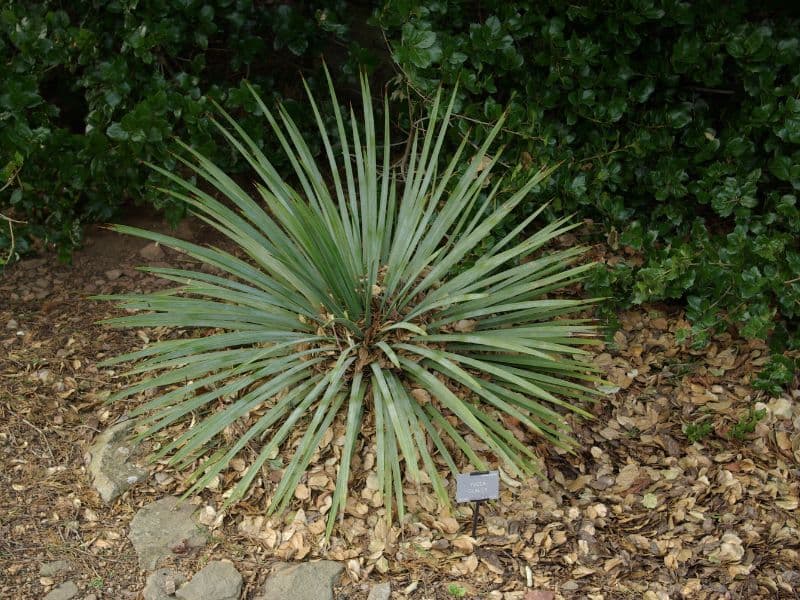
Yucca glauca forms colonies of rosettes. Leaves are long and narrow, up to 60 cm long but rarely more than 12 mm across. Inflorescence is up to 100 cm tall, sometimes branched, sometimes not. Flowers are pendant (drooping, hanging downward), white to very pale green. Fruit is a dry capsule with shiny black seeds.
II. How to Grow and Care
Sunlight
The small Soapweed likes a sunny and warm environment as it grows – the plant will find it difficult to bloom in an environment with insufficient sunlight. However, the small Soapweed does not like strong sunlight. It has a certain level of shade resistance, making mild, filtered sunlight your best option. Shade should always be provided in areas receiving direct sunlight.
Temperature
Native to eastern and southeastern North America, small Soapweed does best in hardiness zones 4-11. It likes the warmth, so try to keep its temperature around 19 to 25 ℃, although it is resistant to scorching heat. Small Soapweed is not cold hardy and will need winter protection, so its winter temperature should not be too low – try to keep it above 10 ℃. Although small Soapweed enjoys plenty of water, it is also very sensitive to waterlogging.
Watering
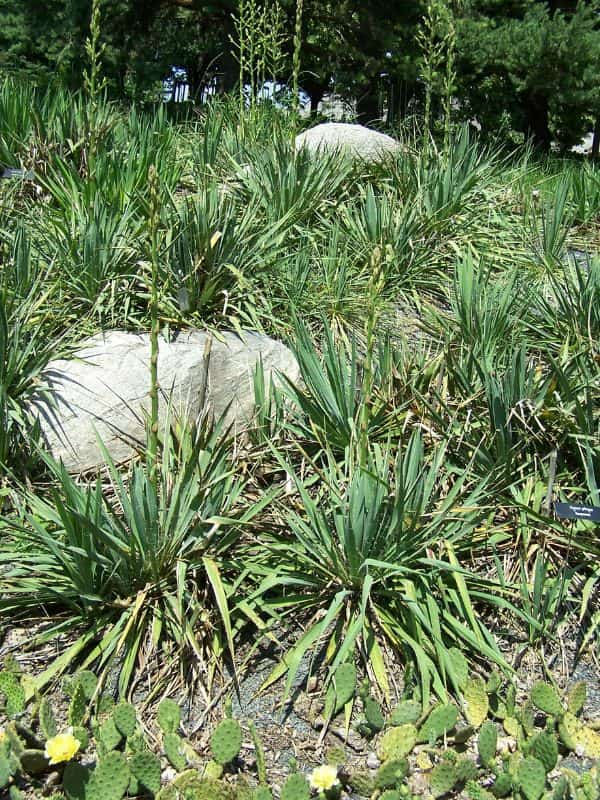
Originating from arid regions, small Soapweed has adapted to thrive with minimal moisture, exhibiting a high drought tolerance. Its native habitat’s low rainfall patterns have shaped its ability to store water efficiently. For optimal care, watering should be done once every 2-3 weeks, allowing the soil to dry out between sessions. This conservative watering schedule mimics the plant’s natural environment and promotes healthy growth. Typically grown outdoors due to its resilience and preference for full sun exposure, small Soapweed is an evergreen species that conserves water through its waxy leaves even in varying temperature conditions.
Soil
The small Soapweed is not fussy when it comes to soil. While the most suitable soil would be well-drained and sandy, the plant can adapt to even a barren, rocky and gravel-filled wasteland. The plant easily adapts when it comes to acidity and alkalinity too, and will grow in any soil, apart from saline-alkali. Keep in mind that the plant is not resistant to waterlogging, especially in a flowerpot.
For potting, a fertile, permeable, and well-drained garden soil should be used, with this mixed with coarse sand and perlite to facilitate drainage. This is the best way to encourage tender seedlings and abundant flowers. Generally, the soil should be loosened once every three or four months to ensure its permeability.
Fertilizing
For small Soapweed, use high-phosphorus and potassium fertilizers to encourage robust root systems and flower production. Apply semi-annually, in spring and fall, using a light hand; too much can harm this hardy plant. Young small Soapweed benefits more from feeding as they establish.
Seasonal variations affect nutrient uptake, with less needed in winter. Spread granules at the base, water thoroughly post-application, and always follow package directions to avoid over-fertilization. Providing the right nutrients in proper amounts ensures small Soapweed’s vitality and resilience.
Pruning
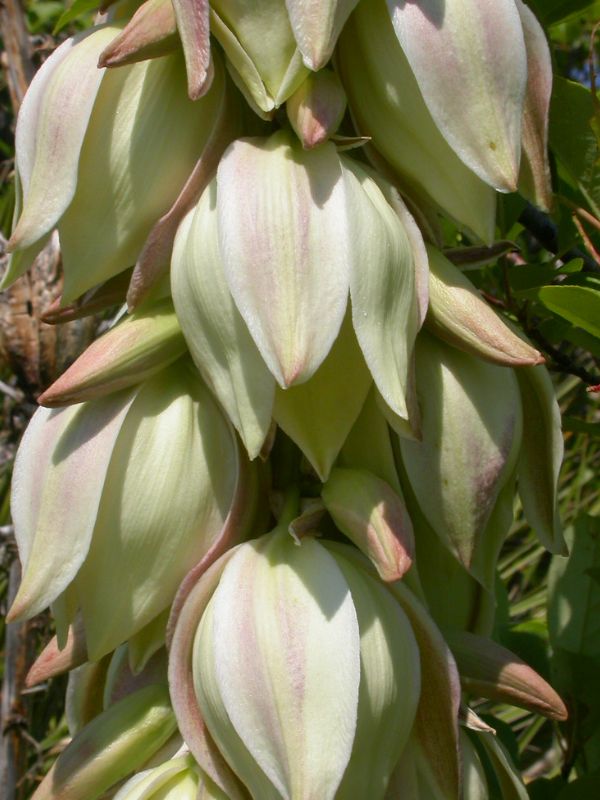
Pruning the small Soapweed is simple. Remove any dead branches and diseased leaves during its growth period, and cut off any withered pedicels after blooming, so as to avoid nutrient loss. Lateral branches should also be pruned to maintain a balanced shape.
Propagation
The simplest propagation methods include cuttage and ramets, both offering a high survival rate.
In the case of ramets, when newly sprouted ramets in the lower part of the stock plant grow up to 30 cm, they should be divided. Make sure that you include proper roots during division, so as to ensure that the ramets can survive. The cover soil should not be too deep when transplanting – you only need to cover the top. Water immediately after burying. Alternatively, the entire plant can be excavated and then divided with a sharp knife into several ramets.
In the case of cuttage, the method of burying the stem for rooting can be adopted. Cut off the old perennial stem first and peel off the leaves. Cut the stem into 5 to 6 cm long segments, and insert them straight into the soil, keeping the tops slightly exposed. Place in a sunny location and keep the soil moist.
In high temperatures, cuttings will take roots after about two weeks, sprouting tender stems. They can be transplanted after growing out complete roots. The stem can also be directly inserted into water, with the water regularly replaced to keep it clean. After rooting, the seedling should be planted into a flowerpot in a timely manner.
Transplanting
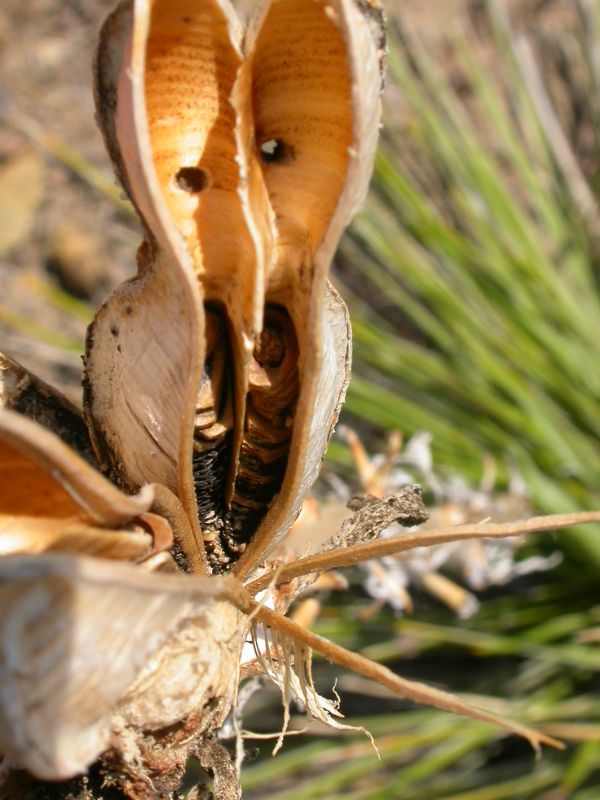
The prime time for transplanting small Soapweed lies in the S1-S2 period, or, more evocatively, the ‘season of renewal’. It thrives in full sun and well-drained soils. For optimal transplant success, ensure any residual water drains before relocating. Small Soapweed silently appreciates your thoughtful nurture.
III. Uses and Benefits
Soapweed yucca was a traditional Native American medical plant, used by the Blackfoot, Cheyenne, Lakota, and other tribes.
Among the Zuni people, the seed pods are boiled and used for food. Leaves are made into brushes and used for decorating pottery, ceremonial masks, altars and other objects. Leaves are also soaked in water to soften them and made into rope by knotting them together. Dried leaves are split, plaited and made into water-carrying head pads. Leaves are also used for making mats, cincture pads and other articles. The peeled roots are pounded, made into suds and used for washing the head, wool garments and blankets.
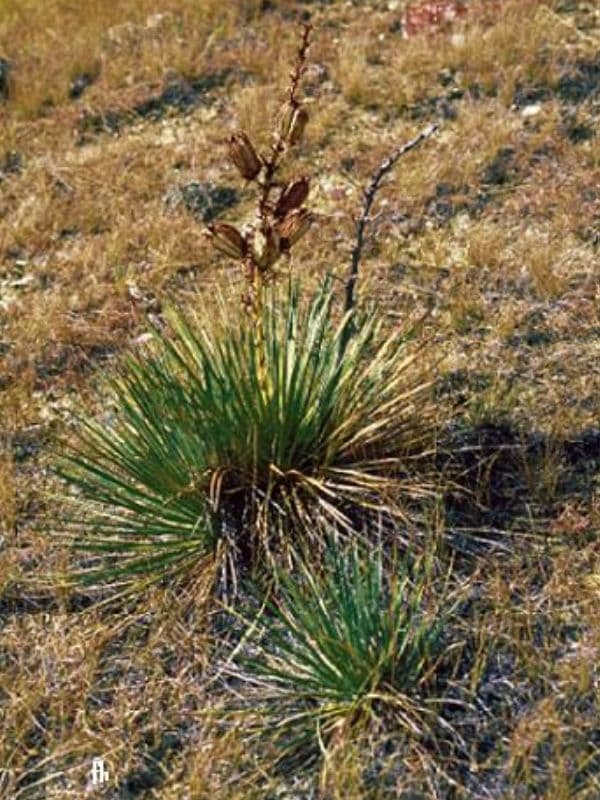
The young flower stalks and unripe fruits can be cooked and eaten.
Yucca glauca is desirable as a landscaping plant, particularly for low water and high altitude gardens. It is an excellent choice for Xeriscaping. Not only do this hardy perennial’s showy leaves make a striking display, but it is also cold hardy and drought tolerant. Its bell shaped flowers, typically cream colored, grow on tall spikes. This plant blooms in the summer. Yucca glauca is deer resistant.
This plant can be propagated from seed that has been winterized, from root cuttings, and from step cuttings. The tops of the leaves are needle sharp and must be handled with care. It is wise to plant them away from areas that are commonly traversed.
Find Where to Buy the Best Soapweed Yucca (Yucca glauca)

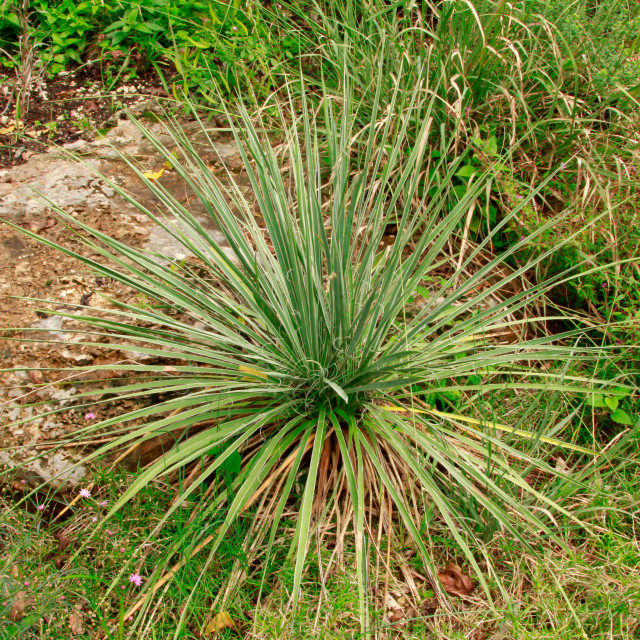





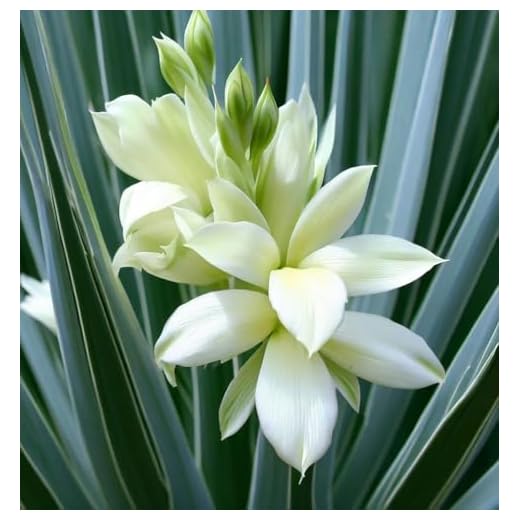

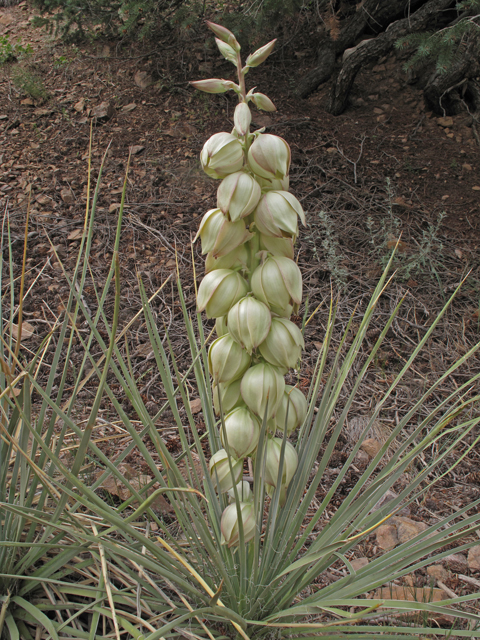








Leave a Reply